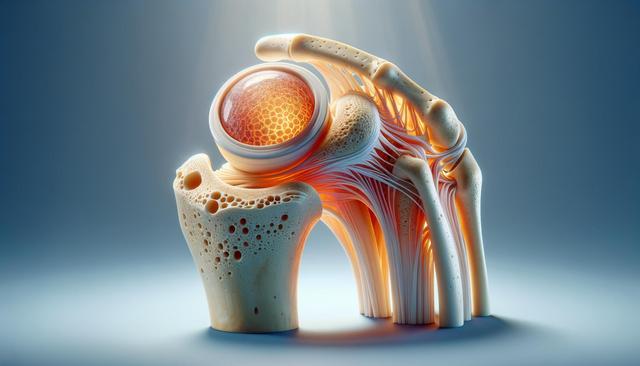Understanding Shoulder Osteoarthritis
Shoulder osteoarthritis is a degenerative joint disease that affects the cartilage within the shoulder joint. Over time, the protective cartilage that cushions the bones wears down, causing pain, stiffness, and reduced range of motion. While this condition is more common in older adults, various factors can contribute to its development. The shoulder joint, particularly the glenohumeral joint, is less commonly affected by osteoarthritis compared to weight-bearing joints like the knees or hips, but when it does occur, it can be equally debilitating.
This condition typically progresses gradually, with symptoms worsening over time. The discomfort often begins with mild stiffness or occasional pain during movement and can eventually limit arm function. Since the shoulder is a highly mobile joint, even a small decrease in mobility can have a substantial impact on day-to-day activities such as dressing, grooming, or lifting objects.
Age and Wear Over Time
One of the primary causes of shoulder osteoarthritis is natural aging. As people age, the cartilage in their joints begins to deteriorate. This wear and tear is a result of years of repetitive movement and mechanical stress placed on the shoulder joint. Although this process is gradual, it becomes more pronounced as individuals enter their 50s and 60s. The risk increases further with each passing decade.
Some of the age-related changes that contribute to osteoarthritis include:
- Loss of cartilage elasticity and thickness
- Decreased production of synovial fluid that lubricates the joint
- Increased bone friction in the absence of a smooth cartilage layer
These changes are a natural part of the aging process, but they can be more severe in individuals who have used their shoulders extensively throughout life, either through work or recreational activities that demand repetitive shoulder movements.
Previous Shoulder Injuries
Another leading cause of shoulder osteoarthritis is a history of shoulder injuries. Damage to the shoulder joint—whether from fractures, dislocations, or ligament tears—can accelerate joint degeneration. When the joint sustains trauma, the alignment and function of the shoulder can be compromised, leading to uneven wear on the cartilage.
Common injuries that may contribute to the development of osteoarthritis include:
- Rotator cuff tears or impingement
- Shoulder dislocations or subluxations
- Bone fractures involving the humeral head or glenoid cavity
Even if these injuries are properly treated, they can leave lasting effects on joint mechanics. Post-traumatic arthritis is a specific form of osteoarthritis that develops after such injuries, often years after the initial trauma.
Repetitive Strain and Occupational Factors
Repetitive use of the shoulder, especially in certain professions or sports, can lead to osteoarthritis over time. Individuals who engage in activities that require frequent overhead motion or heavy lifting are particularly at risk. This repeated stress can gradually wear down the cartilage and place added strain on the joint structures.
Examples of occupations and activities that may contribute to shoulder osteoarthritis include:
- Construction and manual labor involving lifting or overhead work
- Professional athletes, especially those in sports like baseball, swimming, or tennis
- Musicians who use repetitive upper body motions
When the shoulder is frequently overused without adequate rest or proper technique, it is more prone to inflammation and microtrauma, which can accumulate and lead to degenerative changes over time.
Genetics and Other Health Conditions
Genetics may also play a role in the development of shoulder osteoarthritis. Some individuals may inherit a predisposition to joint problems, including cartilage degeneration. While genetic factors are not solely responsible, they can influence how resilient or vulnerable a person’s joints are to wear and tear.
In addition, certain health conditions can increase the risk of developing osteoarthritis in the shoulder. These include:
- Rheumatoid arthritis and other inflammatory joint diseases
- Diabetes, which can affect joint health and healing
- Obesity, which although not directly affecting the shoulder weight-wise, may influence systemic inflammation levels
These conditions can either directly impact the joint or contribute to an overall environment that promotes joint degeneration. Managing these underlying issues may help reduce the risk or severity of osteoarthritis symptoms.
Conclusion: Awareness Helps in Early Management
Understanding the causes of shoulder osteoarthritis can help individuals take proactive steps toward prevention and early management. Whether due to aging, injury, repetitive use, or underlying health conditions, the contributing factors to this joint disorder are diverse and often interrelated. By recognizing the risks and addressing them early—such as modifying activities, practicing joint-friendly exercises, or managing chronic health issues—individuals can support better shoulder health and maintain mobility for longer. Early consultation with a healthcare provider at the onset of symptoms can also lead to more effective treatment and improved quality of life.


